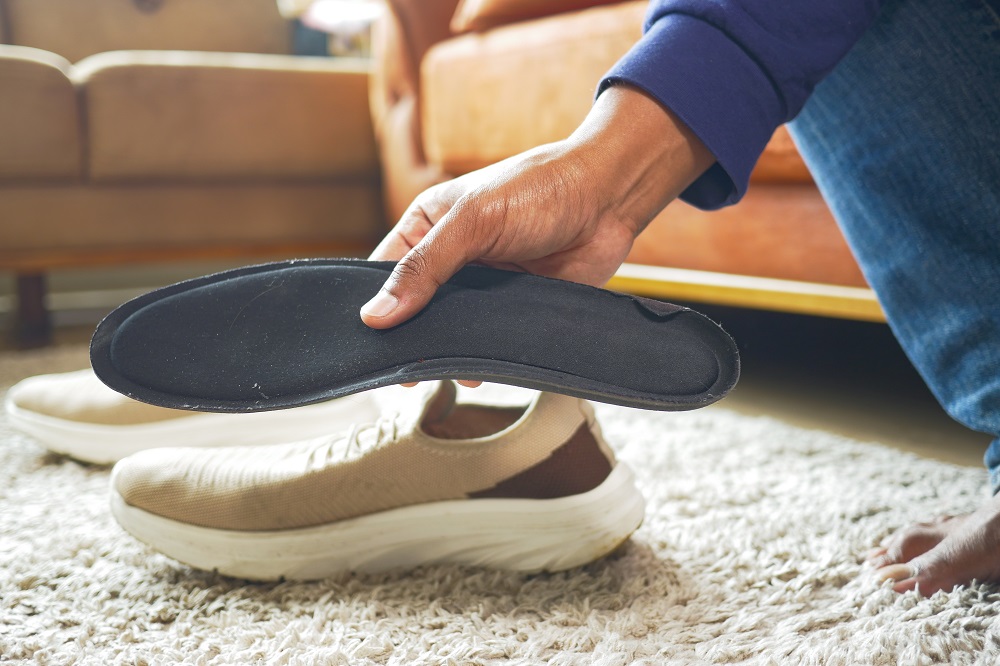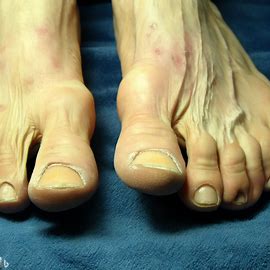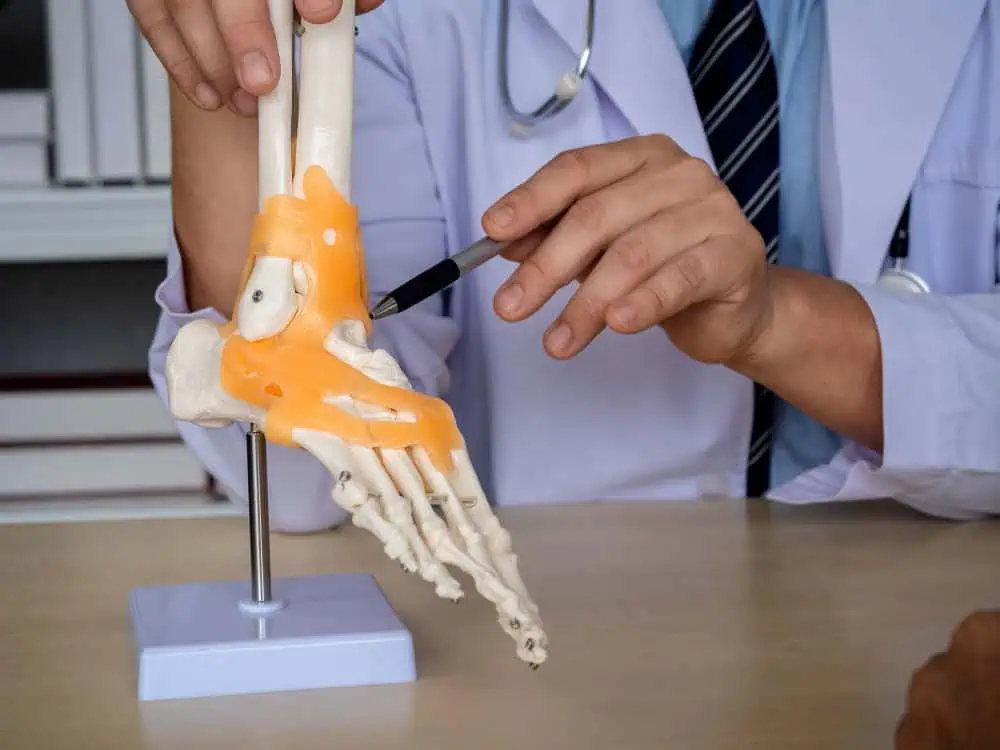
Ankle pain is a common complaint, but sometimes the culprit behind the discomfort can be a hidden one. Today, we’re venturing into the realm of lesser-known foot and ankle conditions with talocalcaneal coalition (TCC). This blog post will delve into the intricacies of TCC, exploring its causes, symptoms, diagnosis, and most importantly, the expert treatment options available at WeTreatFeet Podiatry.
What is Talocalcaneal Coalition (TCC)?
TCC is a congenital condition where two or more bones in the hindfoot, the talus and the calcaneus (heel bone), fuse abnormally during fetal development. This fusion restricts the natural movement between these bones, leading to a stiff and often painful ankle. There are three main types of TCC:
- Talarcalcaneaval Coalition: This is the most common type, involving the fusion of the talus and calcaneus at the joint surface between them.
- Talonavicular Coalition: This type involves the fusion of the talus and the navicular bone, located in front of the calcaneus.
- Calcaneonavicular Coalition: This least common type involves the fusion of the calcaneus and the navicular bone.
Who Gets Talocalcaneal Coalition?
TCC is a relatively uncommon condition, affecting approximately one in 100,000 people. It can occur in both males and females, but studies suggest a slightly higher prevalence in females. While the exact cause of TCC remains unknown, it’s believed to be a result of abnormal development during fetal life.
Symptoms of Talocalcaneal Coalition
The symptoms of TCC typically appear during childhood or adolescence, as the bones mature and increased activity puts stress on the fused joint. Here are some common signs:
- Ankle pain: This is the most prevalent symptom, often described as a dull ache or throbbing sensation, especially on the outer side of the ankle.
- Stiffness: The limited movement in the affected joint leads to a noticeable stiffness in the ankle, restricting activities like walking, running, and jumping.
- Limping: Due to pain and stiffness, individuals with TCC may develop a limping gait to compensate for the limited ankle movement.
- Flatfoot deformity: In some cases, TCC can lead to a gradual flattening of the arch (flatfoot) as the body tries to adapt to the restricted joint motion.
Diagnosing Talocalcaneal Coalition at WeTreatFeet Podiatry
An accurate diagnosis of TCC is crucial for establishing the most effective treatment plan. Here at WeTreatFeet Podiatry, our podiatrists utilize a comprehensive approach:
- Detailed history and physical examination: Your podiatrist will inquire about your symptoms, duration of pain, and any activities that aggravate it. A thorough physical exam will assess the location and severity of pain, stiffness, and range of motion in the ankle.
- Imaging studies: X-rays are the initial imaging study of choice, often revealing characteristic features of bone fusion at the talocalcaneal or talonavicular joints. In some cases, a CT scan or MRI scan might be recommended for a more detailed evaluation, particularly if the X-ray findings are inconclusive.
Treating Talocalcaneal Coalition at WeTreatFeet Podiatry
The treatment approach for TCC depends on the severity of symptoms and the degree of joint fusion. Here at WeTreatFeet Podiatry, we prioritize non-surgical options whenever possible:
- Conservative Management: This may include activity modification, physical therapy with stretching and strengthening exercises, pain management with medications like anti-inflammatory drugs, and orthotics to improve foot function and support.
- Minimally Invasive Procedures: In some cases, image-guided injections with corticosteroids or other pain-relieving medications might be considered to target inflammation around the fused joint.
When Surgery Might be Necessary
If conservative measures fail to provide adequate pain relief and improve function, surgery might be recommended. Our podiatrists at WeTreatFeet Podiatry are experienced in performing various surgical procedures for TCC, including:
- Arthroscopic Talocalcaneal Resection: This minimally invasive technique utilizes a tiny camera and specialized instruments inserted through small incisions to remove a portion of the fused joint, restoring some degree of motion.
- Open Talocalcaneal Arthrodesis: In severe cases with significant joint damage, a traditional open surgical approach might be necessary to achieve complete fusion of the joint for improved stability and pain relief.
Living with Talocalcaneal Coalition
While TCC is a lifelong condition, with proper diagnosis, treatment, and management from a podiatrist experienced in managing TCC, like the team at WeTreatFeet Podiatry, most individuals can lead active and fulfilling lives. Here are some tips for managing TCC:
- Maintain a healthy weight: Excess weight puts additional stress on the ankle joint, potentially worsening pain and stiffness.
- Wear supportive shoes: Proper footwear with good arch support and appropriate cushioning can help distribute weight evenly and minimize stress on the affected joint.
- Regular physical therapy: Maintaining a regular physical therapy program can help improve flexibility, strengthen surrounding muscles, and promote long-term joint health.
- Listen to your body: Be mindful of activities that aggravate your symptoms and take rest days when necessary.
WeTreatFeet Podiatry: Your Partners in Managing Talocalcaneal Coalition
At WeTreatFeet Podiatry, our team of podiatrists understands the challenges associated with talocalcaneal coalition. We are committed to providing comprehensive care, from early diagnosis and conservative management to advanced surgical intervention if necessary. Our goal is to help you manage your condition effectively and improve your overall foot and ankle health.
If you’re experiencing persistent ankle pain and stiffness, don’t hesitate to schedule an appointment with one of our experienced podiatrists at WeTreatFeet Podiatry. We’ll work with you to develop a personalized treatment plan to get you back on your feet and living an active life.





